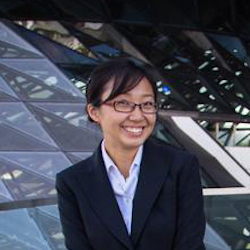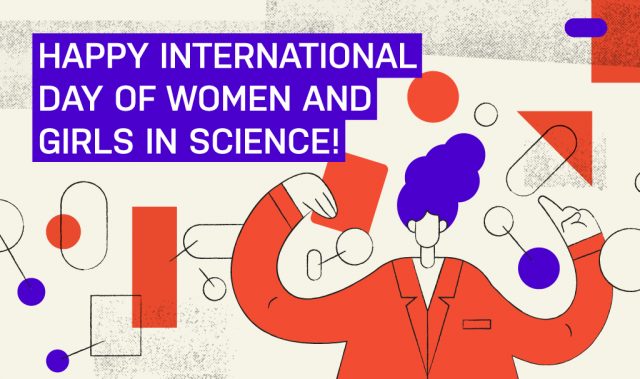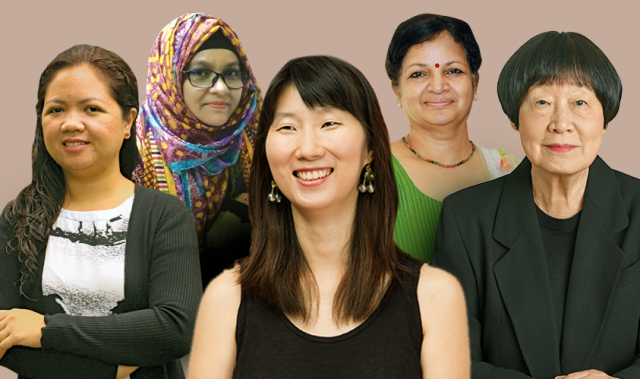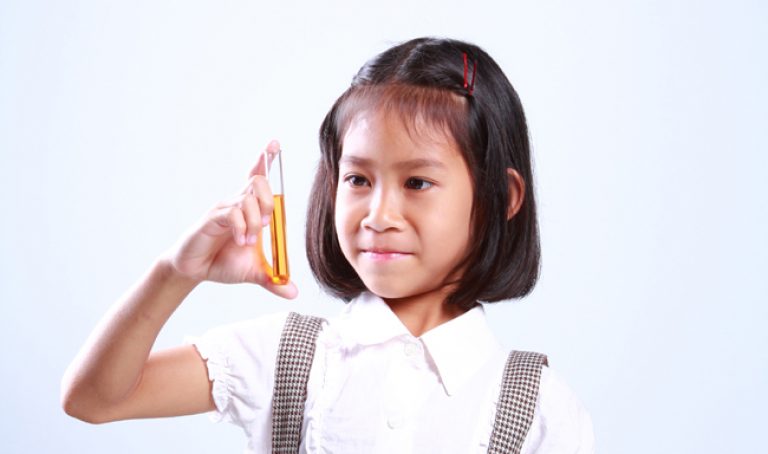
AsianScientist (June 5, 2015) – As the title of this blog column is The Sometimes Serious Scientist, I must say that this is one of the (hopefully few) times I will actually be serious. And the topic that has finally made me a little bit serious is discrimination.
Many of you may be familiar with #addmaleauthorgate. [Check out a Retraction Watch summary here.]
For those who aren’t, Dr. Fiona Ingleby, evolutionary geneticist at the University of Sussex, and Megan Head, evolutionary biologist at Australian National University, co-authored a paper examining gender differences in the transition from PhD to postdoc and submitted the manuscript to PLOS ONE.
The reviewer reply they received was ironic to say the least–one comment was the suggestion of adding male authors to the paper “in order to serve as a possible check against interpretations that may sometimes be drifting too far away from empirical evidence into ideologically based assumptions.”
Wow.
Discrimination: Gender or otherwise
Speaking from my own perspective, I’m not sure what shocked me more–that the reviewer was so overtly sexist or that the editor handling the manuscript thought such arguments were reasonable grounds for rejection. Because the fact is that while some may like to believe that science is above this kind of ugly side, discrimination–sexual or otherwise–does exist in our profession albeit generally in a more subtle and some may say insidious way.
An example is the ‘token person’ in a panel–e.g. the panel cannot be sexist or racist because there is one member who is female or comes from a racial minority on it. Never mind that everyone else is probably a Caucasian male. For more examples of this, there is a tumblr blog, where a thumbs up from Mr. David Hasselhoff is awarded when a panel is completely male and two thumbs up if they’re all Caucasian.
[Editor: Gender discrimination in science is alive and kicking in 2015. Science recently retracted a career advice column advising a female postdoc to put up with sexual harassment from her adviser for the sake of her career. Check out the archive here.]
One of the difficulties in proving this of course is that positions in science are ostensibly a merit-based. The best undergraduates receive the best scholarships and complete their PhDs in the best labs in the best universities, right? And because they have published only in the best journals, these stars then move on to postdocs at the best universities.
But what is this isn’t the case? What if two applicants who had completed similar subjects with similar grades were competing for the same lab position, but one of the applicants chose to wear an overt symbol of their religious faith?
As depressing as it sounds, I have heard of people being accepted for positions because to do so was a symbol of cultural agreement with other people in the laboratory, but also of others being rejected because ‘someone who is so into religion cannot possibly take science seriously.’
Work hard or start your own?
So what can be done about this? One of the arguments given by the PLOS ONE reviewer was that men publish in better journals “because men, perhaps, on average work more hours per week than women.” Is that was must be done then? Let’s ignore the assumption that the person who feels they are being discriminated against is probably just lazy, to rise above discrimination one simply has to work harder than everyone against whom they are competing!
This is clearly both a solution and yet no solution at all. There are only so many hours in a day and there are only so many times experiments can be run in a given time, not forgetting that big doses of serendipity and good luck have led to some of greatest scientific discoveries of the last few centuries–discovery of penicillin anybody? If success in science were simply a case of working the hardest and longest at a topic, I think we’d have a universal cure for cancer by now.
A suggestion on twitter was that Drs Ingelby and Head could start their own journal. Playing someone at their own game is not unheard of in this area. Asian Scientist Magazine itself was started due to the fact that the majority of scientific communications, both peer-reviewed and for the wider population, have their origins in Europe and the US.
Aside from the fact that it’s not easy to start up your own journal, there is an inherent bias against this as many scientists have been accustomed to judging the merit of papers based on which journal they are published in. Let the person who has never preferred publishing in Science or Nature over a journal that is one year old and has no impact factor cast the first stone!
Everybody’s a little bit discriminatory
Probably one reason why I have shied away from serious topics such as this is that there are no clear cut conclusions on how to address the issue and move towards improvement.
As it is, while some may regard this entry as a rant from a female of a racial minority (in the context of where I grew up and where I’m currently based), I must confess to also being guilty of discrimination. I will admit that I am more likely to follow the data generated by the group who are based in a geographical location known for producing research (e.g. Japan), than another that’s… well… not.
Perhaps then, this is the only real solution–to not only be aware when you’re being discriminated against, but when you are doing the discriminating against others.
This article is from a monthly column called The Sometimes Serious Scientist. Click here to see the other articles in this series.
——
Copyright: Asian Scientist Magazine; Photo: Bob Miller/Flickr/CC.
Disclaimer: This article does not necessarily reflect the views of AsianScientist or its staff.













